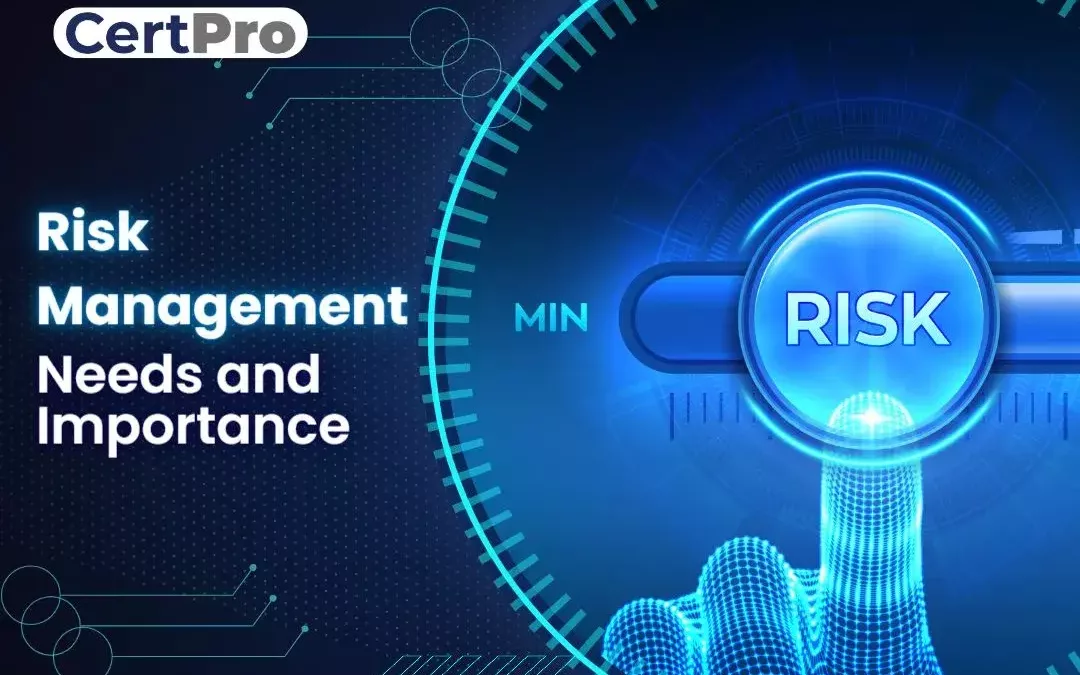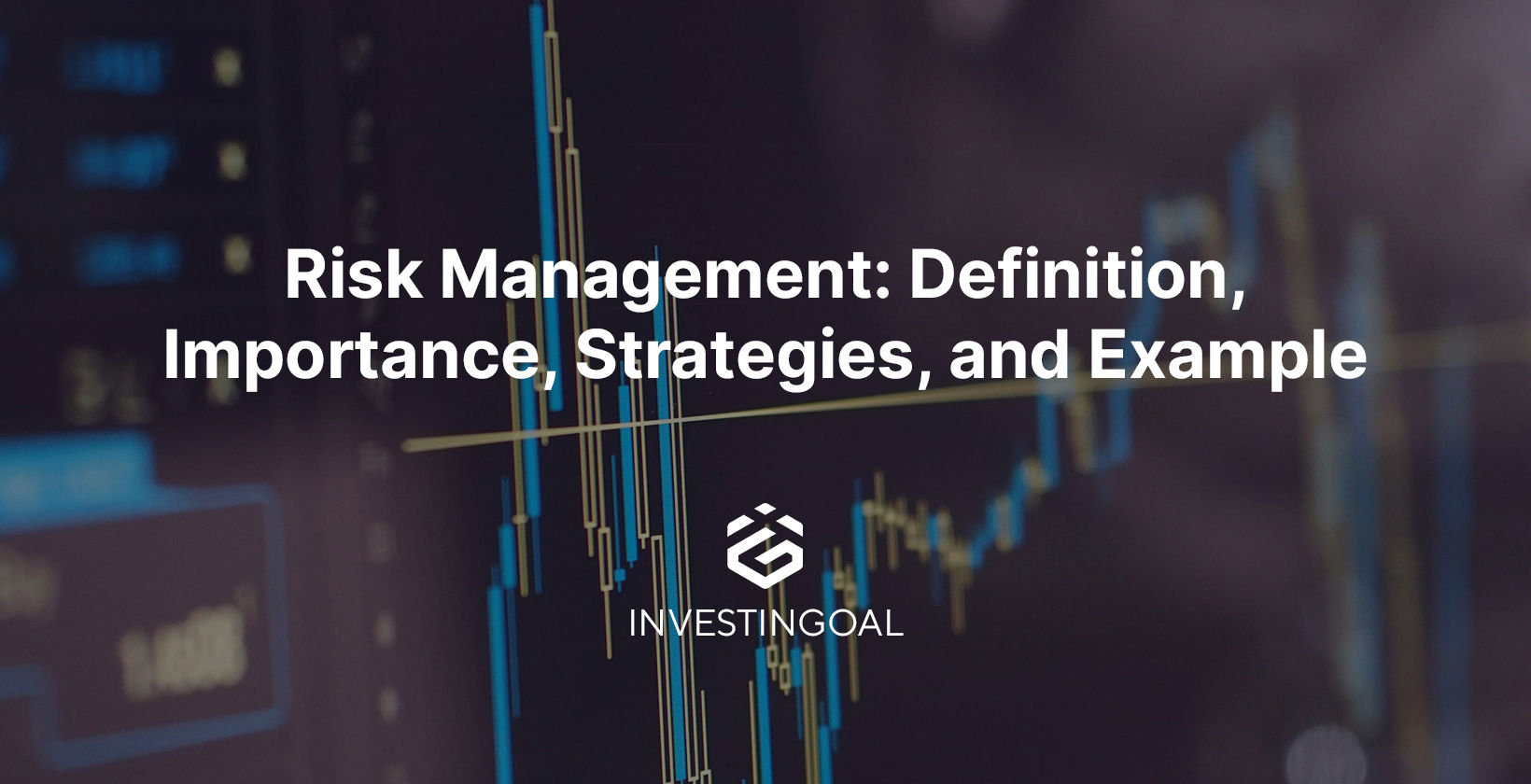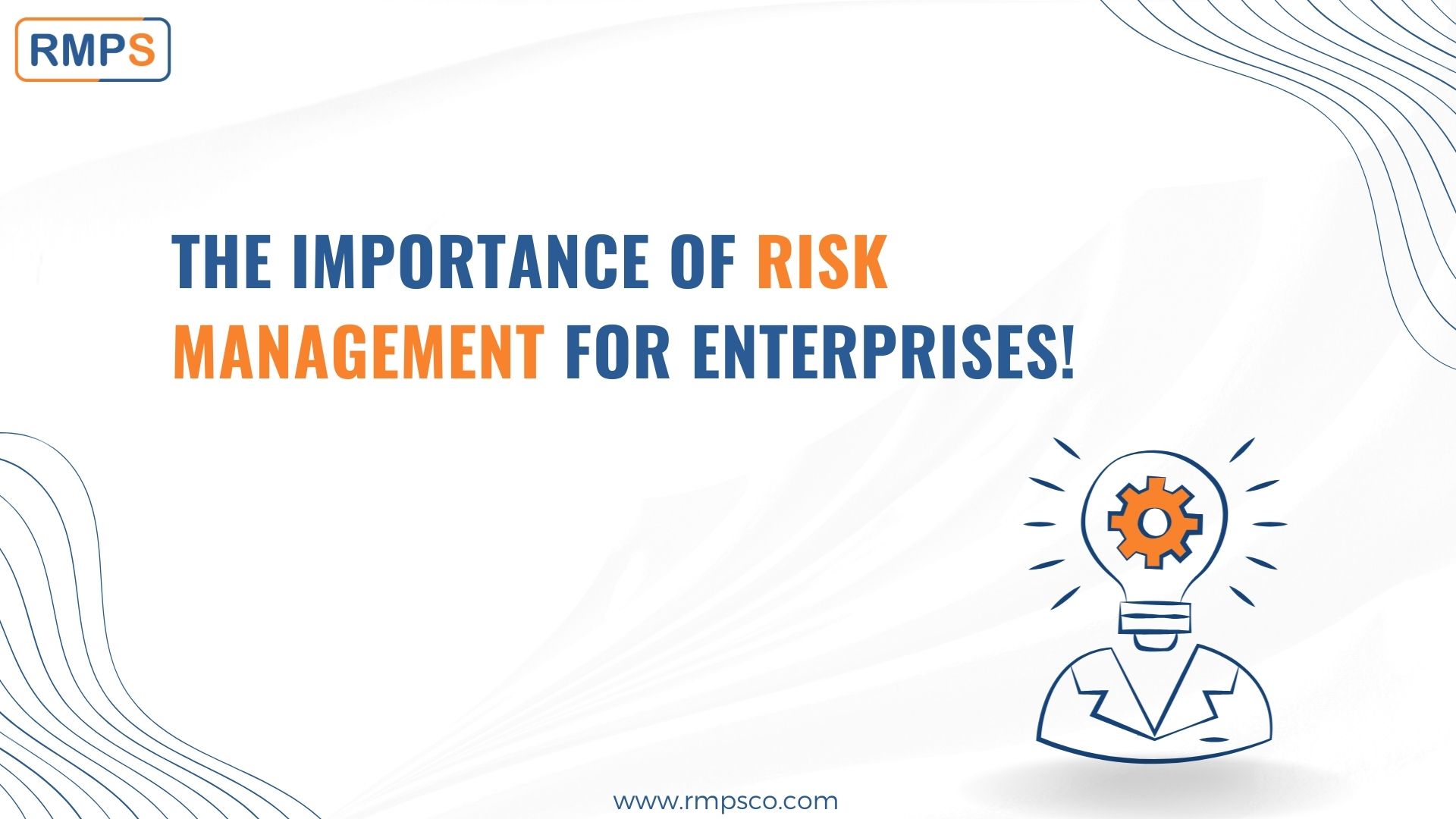The Vital Importance of Risk Management in Protecting Business Assets
The Vital Importance of Risk Management in Protecting Business Assets
Blog Article
Discovering the Importance of Risk Management for Effective Decision-Making Techniques
In the complex globe of business, Risk Management becomes a critical factor in the decision-making procedure. The ability to recognize prospective dangers and possibilities, and plan accordingly, can lead to the distinction between success and failure. With tools such as SWOT and PESTEL, organizations are geared up to make informed options, promoting strength and versatility in an ever-changing atmosphere. Wondering exactly how this functions? Let's unpack the dynamics better.
Recognizing the Concept of Risk Management
Risk Management, a critical component in decision-making, is often misconstrued or oversimplified. Risk Management involves organized and self-displined methods, making use of data and informative evaluations. From financial unpredictabilities, lawful responsibilities, strategic Management mistakes, to crashes and all-natural disasters, it attends to various risks - importance of risk management.
The Role of Risk Management in Decision-Making Processes
In the world of tactical preparation and service operations, Risk Management plays an integral role in decision-making procedures. It assists in recognizing possible hazards and uncertainties that can influence the success of business objectives. By tracing these dangers, companies can formulate approaches to alleviate their influence, making certain company continuity and security. Risk Management hence ends up being a vital tool in decision-making, aiding leaders to make informed choices based upon a thorough understanding of the dangers involved. It encourages a proactive technique, allowing companies to prepare and prepare for for feasible future circumstances. This significantly decreases the probability of unfavorable repercussions, advertising much more reliable and effective decision-making strategies. Risk Management offers as an important element in the decision-making procedures of any type of company.

Exactly How Risk Management Boosts Strategic Preparation
In the context of calculated planning, Risk Management plays a crucial function. Initiating with the identification of prospective risks, it even more encompasses the application of Risk reduction actions. The role of Risk Management is dynamic but not static, as it requires continuous surveillance and adjusting of methods.
Identifying Possible Dangers

Carrying Out Risk Reduction
Having actually established the value of identifying prospective risks, the following action is to discover Risk mitigation. This process involves establishing and implementing techniques to take care of identified risks efficiently. It is an important facet of calculated preparation as it enhances decision-making by minimizing possible adverse results. Risk mitigation strategies can range from Risk avoidance, Risk transfer, to risk reduction. Each method should be tailored to the details Risk, considering its prospective impact and the company's Risk resistance. In addition, reliable Risk reduction calls for view website a deep understanding of the Risk landscape and the possible effect of each Risk. This understanding anonymous makes it possible for organizations to prioritize dangers and allot resources effectively, making certain that one of the most significant dangers are attended to first.
Tracking and Adjusting Techniques
Though Risk mitigation is an important action in critical preparation, continual monitoring and change of these techniques is similarly important. It also provides an opportunity to review the success of the Risk Management steps, enabling changes to be made where required, further enhancing tactical preparation. Monitoring and adjusting Risk Management methods is a crucial element for enhancing a company's resilience and calculated preparation.
Case Researches: Successful Risk Management and Decision-Making
In the world of organization and financing, successful Risk Management and decision-making frequently serve as the columns of prosperous ventures. These instances highlight the value of sharp Risk Management in decision-making processes. These instances underscore the vital function of Risk Management in tactical decision-making.
Devices and Methods for Effective Risk Management
Browsing the detailed maze of Risk Management requires the right collection of techniques and devices. These tools, such as Risk signs up and warm maps, aid in determining and assessing prospective dangers. Methods consist of both measurable approaches, like level of sensitivity evaluation, and qualitative approaches, such as SWOT analysis. These assistance in focusing on dangers based on their prospective effect and likelihood. Risk action techniques, a crucial component of Risk Management, entail approving, avoiding, moving, or mitigating dangers. Monitoring and controlling risks, through regular audits and evaluations, make sure that the strategies remain reliable. With these devices and strategies, decision-makers can browse the complicated landscape of Risk Management, consequently helping with notified and efficient decision-making.
Future Trends in Risk Management and Decision-Making Methods
As we check out the large landscape of Risk Management, it ends up being obvious that the strategies and tools used today will proceed to develop. The idea of Risk culture, where every participant of a company is aware and entailed in Risk Management, will get a lot more prominence. These patterns declare an even more positive and browse around these guys inclusive approach towards Risk Management and decision-making.
Conclusion

Risk Management therefore becomes an important tool in decision-making, helping leaders to make educated choices based on a comprehensive understanding of the threats involved. Risk reduction approaches can vary from Risk avoidance, Risk transfer, to risk decrease (importance of risk management). Efficient Risk mitigation requires a deep understanding of the Risk landscape and the potential impact of each Risk. Risk feedback methods, a crucial component of Risk Management, involve approving, staying clear of, transferring, or mitigating risks. The idea of Risk culture, where every participant of an organization is conscious and entailed in Risk Management, will certainly acquire extra prestige
Report this page